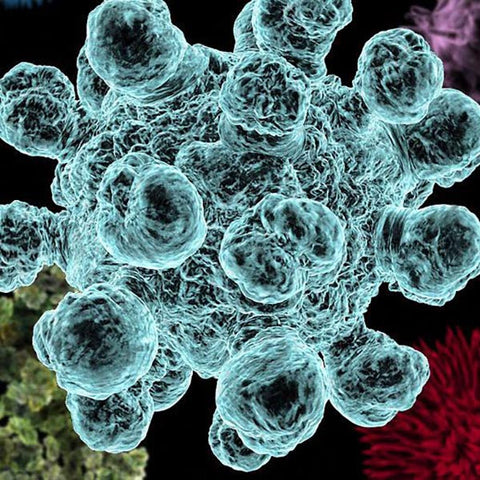There's some incredibly interesting science surrounding the invisibilia in and around humans. A couple of note:
The NIH Human Microbiome Project: Established in 2008, with the mission of generating resources that would enable the comprehensive characterization of the human microbiome and analysis of its role in human health and disease.
American Gut: citizen science project that accumulates data to ask questions about the microbiome and its association with a variety of health and lifestyle factors.
The Human Microbiome: The Human Microbiome is the collection of all the microorganisms living in association with the human body. These communities consist of a variety of microorganisms including eukaryotes, archaea, bacteria and viruses. Bacteria in an average human body number ten times more than human cells, for a total of about 1000 more genes than are present in the human genome. Because of their small size, however, microorganisms make up only about 1 to 3 percent of our body mass (that's 2 to 6 pounds of bacteria in a 200-pound adult). These microbes are generally not harmful to us, in fact they are essential for maintaining health. For example, they produce some vitamins that we do not have the genes to make, break down our food to extract nutrients we need to survive, teach our immune systems how to recognize dangerous invaders and even produce helpful anti-inflammatory compounds that fight off other disease-causing microbes. An ever-growing number of studies have demonstrated that changes in the composition of our microbiomes correlate with numerous disease states, raising the possibility that manipulation of these communities could be used to treat disease.


